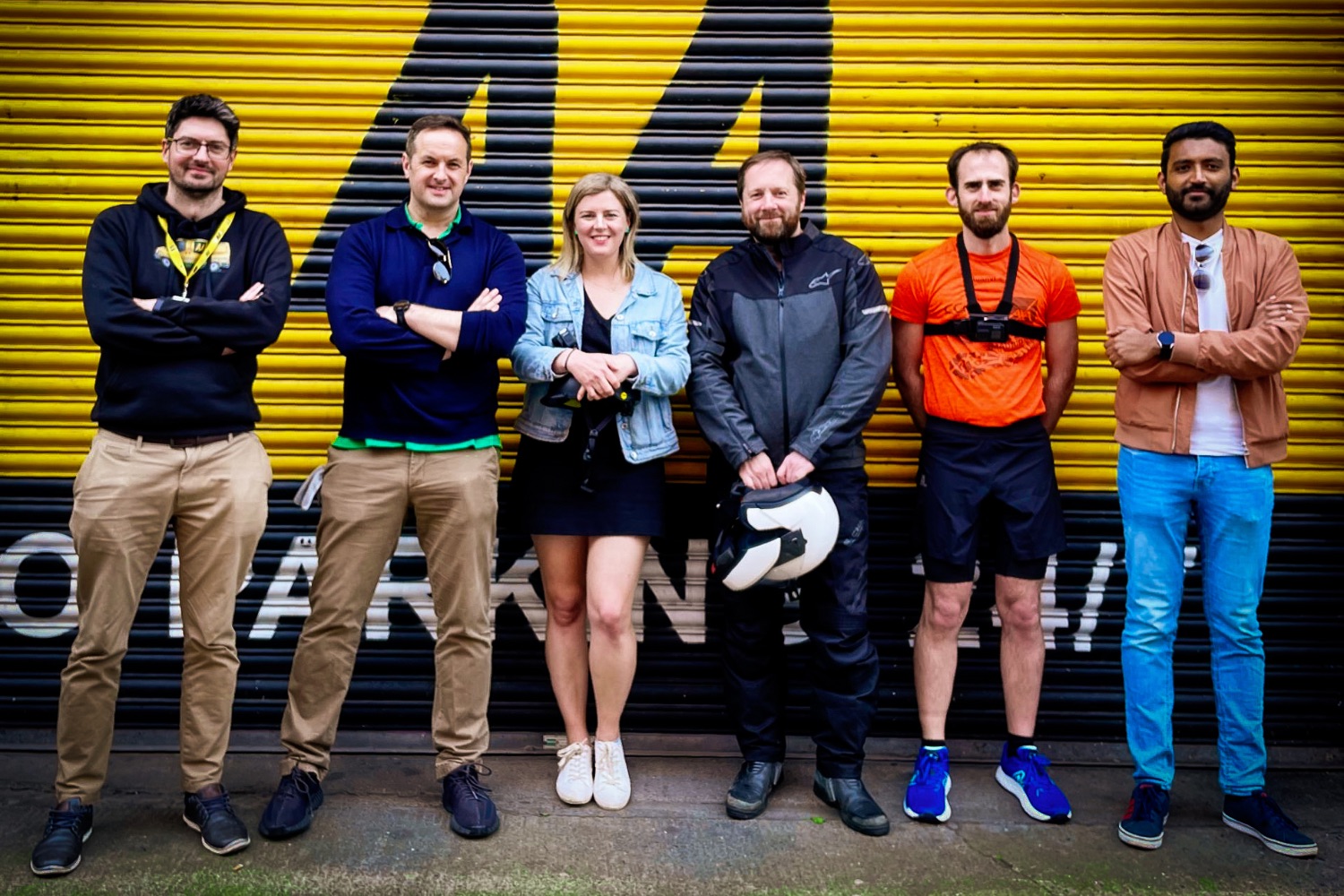Given that we're (a) all expected to give up our cars for urban driving in the near future and (b) all currently stuck in traffic because no one is paying any attention to (a) just yet, what's actually the quickest way to get across town at rush hour?
Definitive answer
To try and come up with a definitive answer, the AA decided to pitch a motorbike, e-bike, bus, motorist, runner and a walker against one another in a peak-travel-time race against the clock.
And the winner? Well, the motorbike was, perhaps, unsurprisingly, the best performer, but you might not expect the second place to be held by the e-bike...
So, to set things up, AA Ireland devised a test from their offices in Dublin city centre to the Park-and-Ride in Santry. Six people took six different modes of transport over the 6km route, leaving the city centre at 5.45pm. The AA's head of communications, Paddy Comyn, walked the route. Also on two feet was Francesco Gonzalez, who ran between the two points. Feljin and Jose had a Leap Card to access the public transport network. Lauren Tuite was using an e-bike. CompleteCar's road test editor Dave Humphreys rode a BMW motorbike. The AA's Blake Boland used the Volkswagen e-Up, a compact electric car.
"With increasing investment in public transport and further restrictions on private motoring in the city, we wanted to see which mode of transport was the most efficient. As people are being pushed out of their cars, we thought to test out six different modes of transport, all making the same journey in rush hour traffic," says AA Ireland Communications Officer Blake Boland.
Surprised by the results
"We were very surprised by the results in the end," said Boland. "As expected, the motorbike got there first in 20 minutes. However, we didn't expect that the e-bike would arrive so soon after, taking only one minute more. Also surprising was the runner taking 29 minutes, nearly five minutes before arriving on the number 16 bus. Taking 45 minutes in the car, I was amazed that I only beat Paddy walking by 10 minutes. And this was on a day where the traffic was particularly light."
When it comes to the cost of each journey, it gets very interesting. The bus was the most expensive at €1.00 on a concessions student fare, followed by the motorbike which used 79c worth of petrol. The small VW e-up used €0.36 worth of electricity. The much more efficient e-bike used approximately €0.02 of electricity. Sadly, Paddy Comyn's calorie burn for the walk, and its McDonald's replacement cost, were unrecorded.
Physical and mental health
"Although this particular journey on the bus was the most expensive, you have to remember that there are much more costs associated with the car and the motorbike," said Blake Boland. "Tax, insurance, maintenance and depreciation would make the lifetime costs much higher overall. There is also the discussion around physical and mental health. A walk can be much more pleasant than being stuck in traffic."
The AA Ireland experiment has shown that although cars provide a crucial means of transport in Ireland, they are not necessarily the fastest or most cost-effective solution in cities. "The commute test also highlighted the need for more investment in the public transport network and active travel infrastructure to protect those who walk or cycle to their destination. Until that happens, the government faces a difficult battle to convince people to make the switch."

